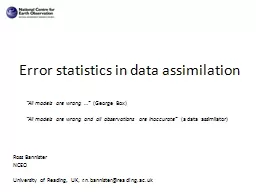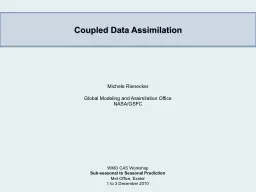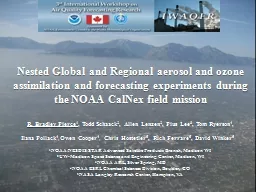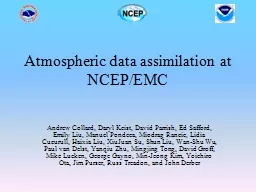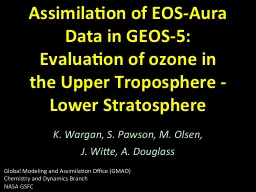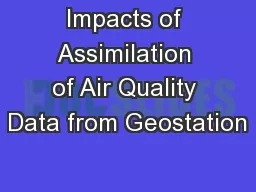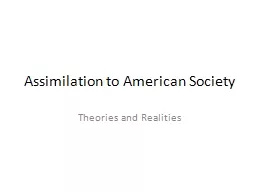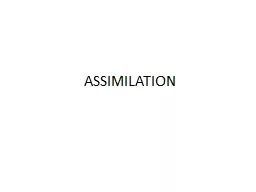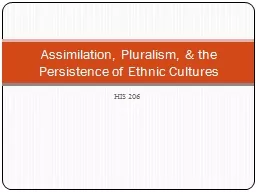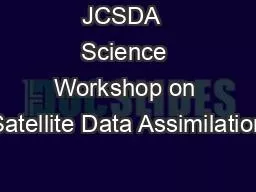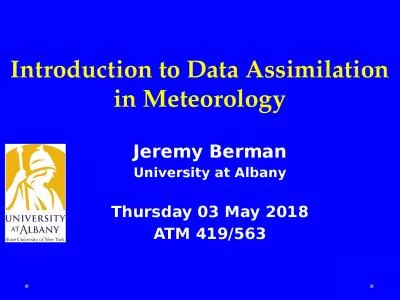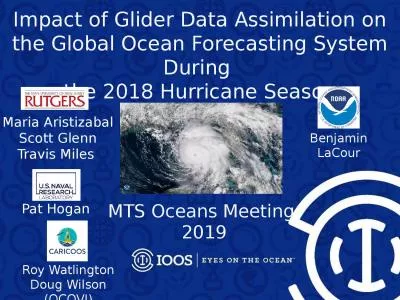PPT-Error statistics in data assimilation
Author : lois-ondreau | Published Date : 2016-03-11
Ross Bannister NCEO University of Reading UK rnbannisterreadingacuk All models are wrong George Box All models are wrong and all observations are inaccurate a
Presentation Embed Code
Download Presentation
Download Presentation The PPT/PDF document "Error statistics in data assimilation" is the property of its rightful owner. Permission is granted to download and print the materials on this website for personal, non-commercial use only, and to display it on your personal computer provided you do not modify the materials and that you retain all copyright notices contained in the materials. By downloading content from our website, you accept the terms of this agreement.
Error statistics in data assimilation: Transcript
Download Rules Of Document
"Error statistics in data assimilation"The content belongs to its owner. You may download and print it for personal use, without modification, and keep all copyright notices. By downloading, you agree to these terms.
Related Documents

